Blackburn Orphanage, Wilpshire, near Blackburn, Lancashire
James Dixon was born in Annan, Scotland, in 1855 but his family subsequently moved to Blackburn, Lancashire where he worked as a journeyman joiner. In 1881, after witnessing boys sleeping out all night on cellar steps, he and a friend founded the town's Bent Street Ragged School, contributing a pound a week from his wages to support the establishment.
In April. 1884, following repeated request from boys at the school to be allowed to sleep on the forms, a Boys' Home was opened in rented premises on Feilden Street. The following November, a Girls' Refuge was added on Barley Lane.
In 1886, Dixon began to raise funds for the building of an orphanage for the town, contributing £50 of his own savings. A five-acre site was found on the Whalley Road, near Wilpshire, to the north of Blackburn, and on 31st August, 1889, the foundation stone was laid by the Mayor of Blackburn. On May 23rd, 1891, the formal opening was carried out by Miss Derbyshire, of Limefield, Blackburn, who had donated the cost of the land. Other contributions had included £500 from John Fish for furnishings, and over £1000 from Mr Fred Pickop for the endowment of two beds in the Orphanage, to be called "Mrs John Pickop's Cot" and "Mrs Frederick Pickop's Cot".
A contemporary report recorded details of the building as follows:
The establishment provided a home for orphan and destitute boys and girls aged from 4 to 12 years. No charge was made for those entering the Orphanage, with its Committee selecting the most needy and deserving cases. Priority was given to children who had lost both their father and mother. The 10-strong Committee was elected annually from those subscribing two guineas (£2.10) or more. For many years, James Dixon himself superintended the Orphanage as well as the Blackburn Ragged School.
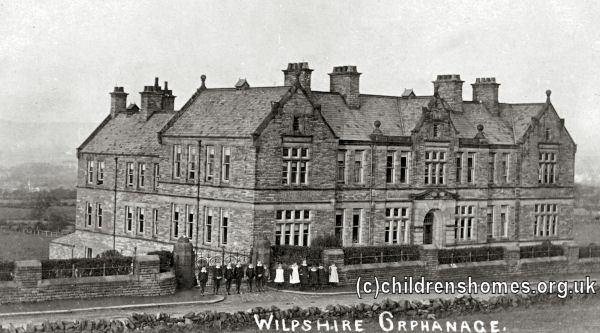
Blackburn Orphanage, Wilpshire, early 1900s. © Peter Higginbotham
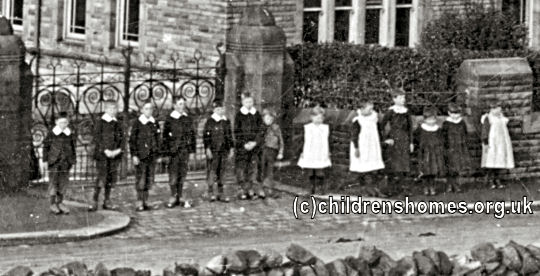
Blackburn Orphanage, Wilpshire, early 1900s. © Peter Higginbotham

Blackburn Orphanage, Wilpshire, date unknown. © Peter Higginbotham
The original building was extended in 1895 to increase the accommodation to 70 places. In 1904, a new girls' block, designed by the firm of Briggs and Wolstenholme, was added at the west, with the original block then being used to house the boys. The total accommodation then totalled 65 places for boys and 55 for girls.
The location of the home in around 1912 is shown on the map below.
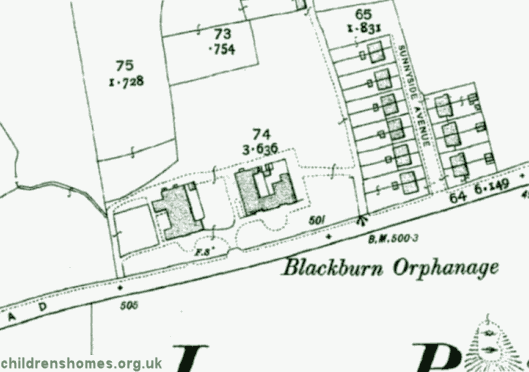
Blackburn Orphanage site, Wilpshire, c.1912, c.1912.
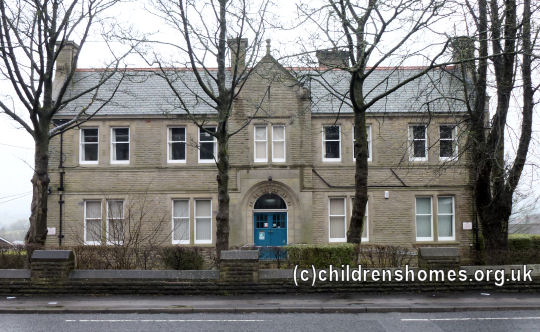
Blackburn Orphanage second block, Wilpshire, 2013. © Peter Higginbotham
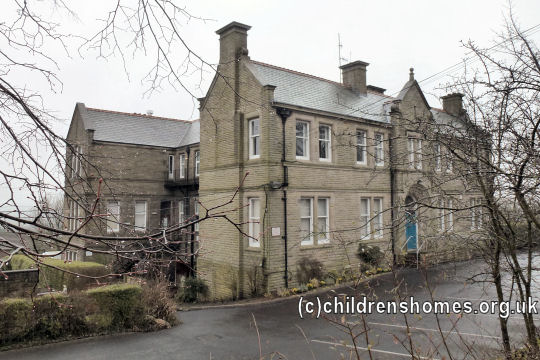
Blackburn Orphanage second block, Wilpshire, 2013. © Peter Higginbotham
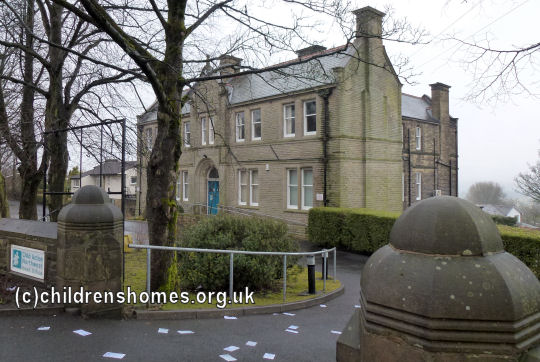
Blackburn Orphanage second block, Wilpshire, 2013. © Peter Higginbotham
Like many children's homes, the Orphanage held an annual Pound Day, where supporters could donate one pound in cash or a pound weight of some household commodity such as flour, sugar or soap.
The Orphanage was later renamed the Homestead. The original block had been demolished by the 1970s. The surviving building now houses the headquarters of the charity that Dixon founded, now known as Child Action Northwest, which continues to support local children and young people in need.
Records
Note: many repositories impose a closure period of up to 100 years for records identifying individuals. Before travelling a long distance, always check that the records you want to consult will be available.
- Child Action Northwest
- Lancashire Record Office, Bow Lane, Preston, Lancashire, PR1 2RE. Has 1904 building plan.
Bibliography
- Moore, Trevor The Blackburn Samaritan: James Dixon and the Story of Blackburn Orphanage (1990, Landy)
- Warren, Melanie James Dixon's Children: The Story of Blackburn Orphanage (2013, Fleetfoot Books)
Links
- Child Action Northwest
- BBC 'Inside Out' feature on the orphanage
- Film on history of the orphanage by children of Salesbury School
Except where indicated, this page () © Peter Higginbotham. Contents may not be reproduced without permission.


